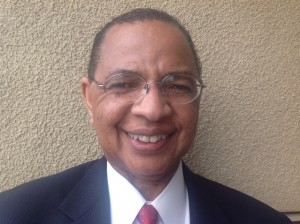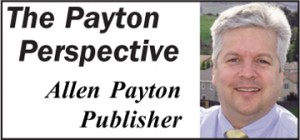Comment on Draft Bay Area Housing and Transportation Plan from the convenience of your laptop or mobile device
Monday, April 29th, 2013Comment on Draft Bay Area Housing and Transportation Plan from the convenience of your laptop or mobile device
Online participation tool makes it easy to comment
The Bay Area’s first ever combined transportation and land-use/housing plan, known as Plan Bay Area, is out for public review and comment. Sponsoring agencies — the Association of Bay Area Governments (ABAG) and the Metropolitan Transportation Commission (MTC) — are urging Bay Area residents to weigh in with their priorities via Plan Bay Area Town Hall, <http://onebayarea.org/misc/open-town-hall.html>. This online platform is designed to prompt a conversation among the region’s residents on how our cities and towns should grow and the types of housing and transportation options that should be available for future generations.
The online tool is an effort to encourage a broader dialogue on regional transportation and land-use issues and involve residents who might not otherwise attend a traditional public meeting. The online forum summarizes and links to each chapter of the Draft Plan, then offers a convenient opportunity for the public to comment. Officials will read the statements and incorporate them into the decision-making process.
“We want the public to be part of the process,” said Amy Rein Worth, MTC’s Chair. “This is an incredibly cost-effective way to empower residents to participate in regional decisions from the convenience of their laptop, mobile device or desktop computer.”
About Plan Bay Area
Nearly three years in the making, Plan Bay Area is an integrated long-range transportation and land-use/housing plan that will support a growing economy, provide more housing and transportation choices, and reduce transportation-related pollution in the San Francisco Bay Area. The effort grew out of 2008 California Legislation (Senate Bill 375, Steinberg) requiring each of the state’s 18 metropolitan areas — including the Bay Area — to reduce greenhouse gas emissions from cars and light trucks.
“Plan Bay Area builds upon prior work at the local level and prepares us to be more competitive in the private sector, more efficient in the public sector, and preserves the values that we love about the Bay Area for current and future generations,” noted ABAG President and Napa County Supervisor Mark Luce, who represents ABAG on MTC. “This is a bottoms-up plan that recognizes the diversity of Bay Area communities. Cities and counties identified the best places for growth to preserve the character of existing neighborhoods and protect agricultural lands,” he added. The plan will be updated every four years to reflect new information and emerging priorities.
Multiple Opportunities to Comment
A series of open houses and public hearings is also under way to take public comment, or residents may mail comments to MTC-ABAG, Plan Bay Area Public Comment, 101 8th Street, Oakland, CA 94607. Comments are being accepted through 4 p.m. on Thursday, May 16, 2013. A final plan is slated for adoption in July. For more information on Plan Bay Area, visit OneBayArea.org.
MTC is the nine-county San Francisco Bay Area’s transportation planning, coordinating and financing agency. For more information, visit www.mtc.ca.gov. ABAG is the council of governments and regional planning agency for the nine counties and 101 cities and towns of the San Francisco Bay region. For more information, visit www.abag.ca.gov.


























